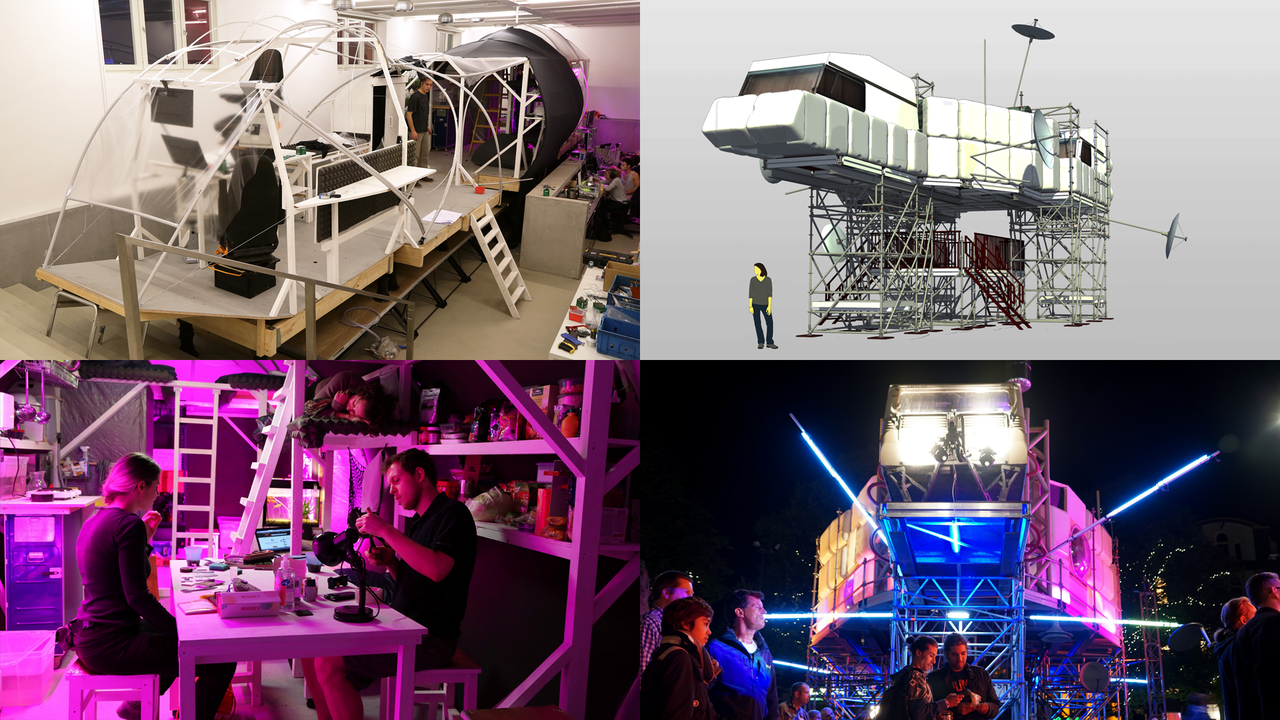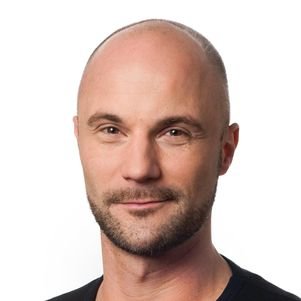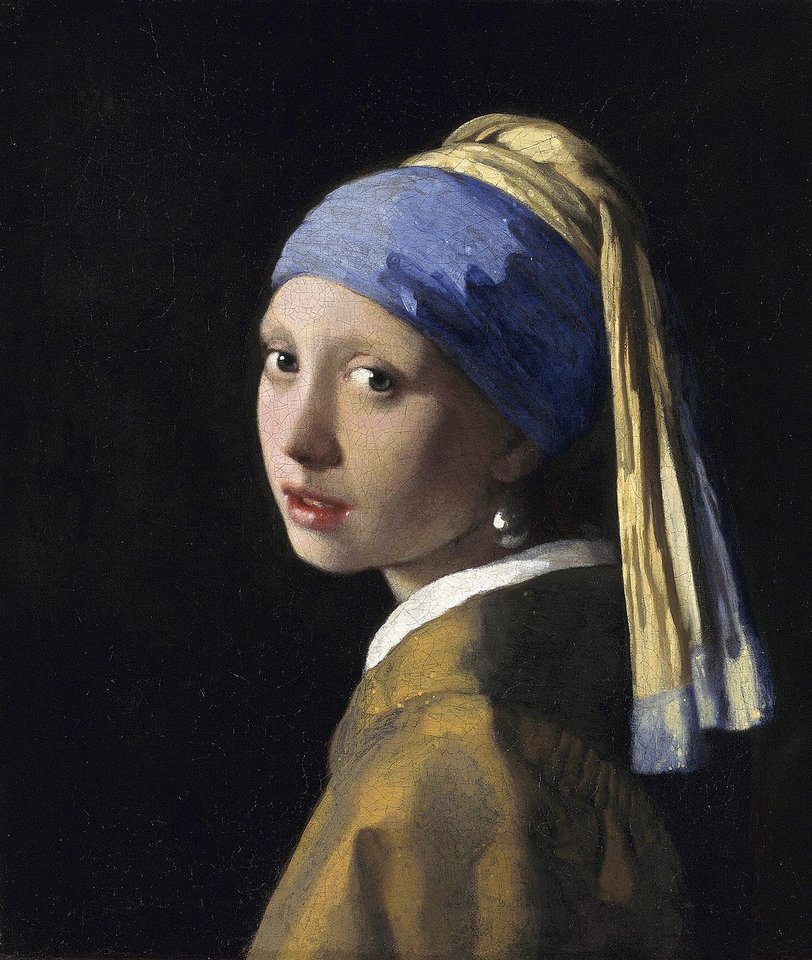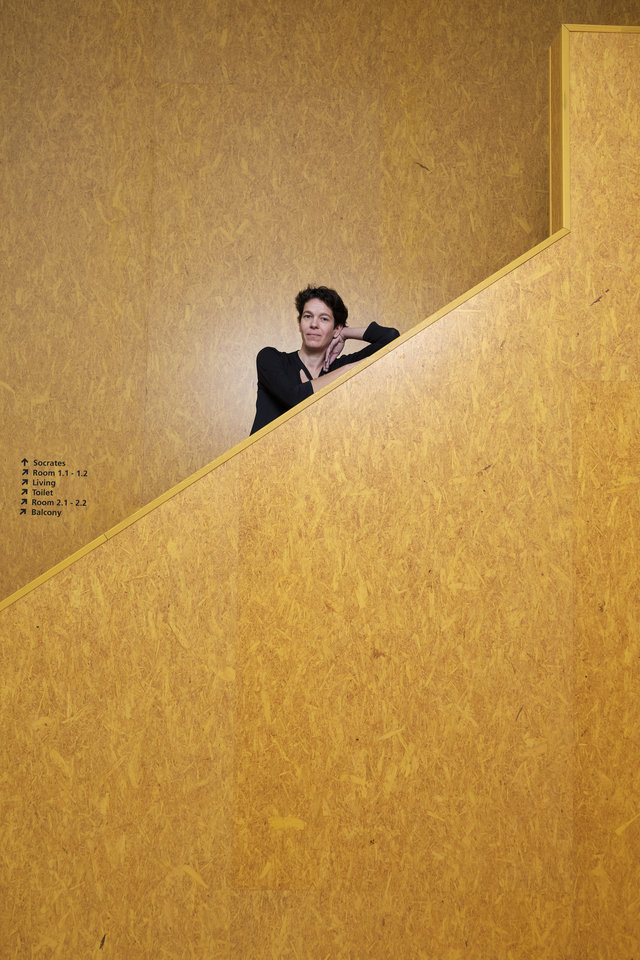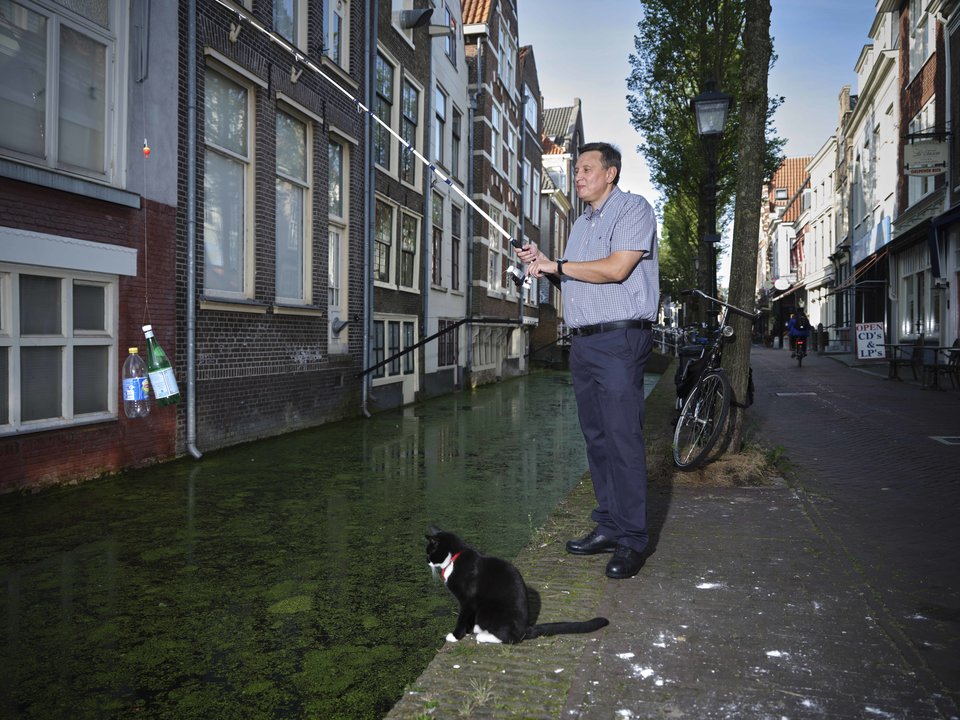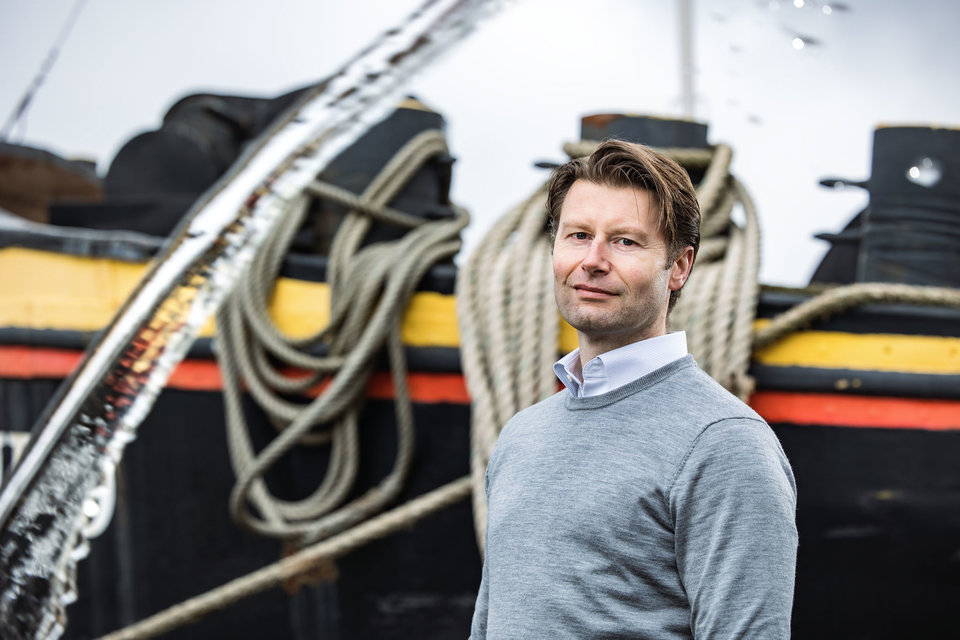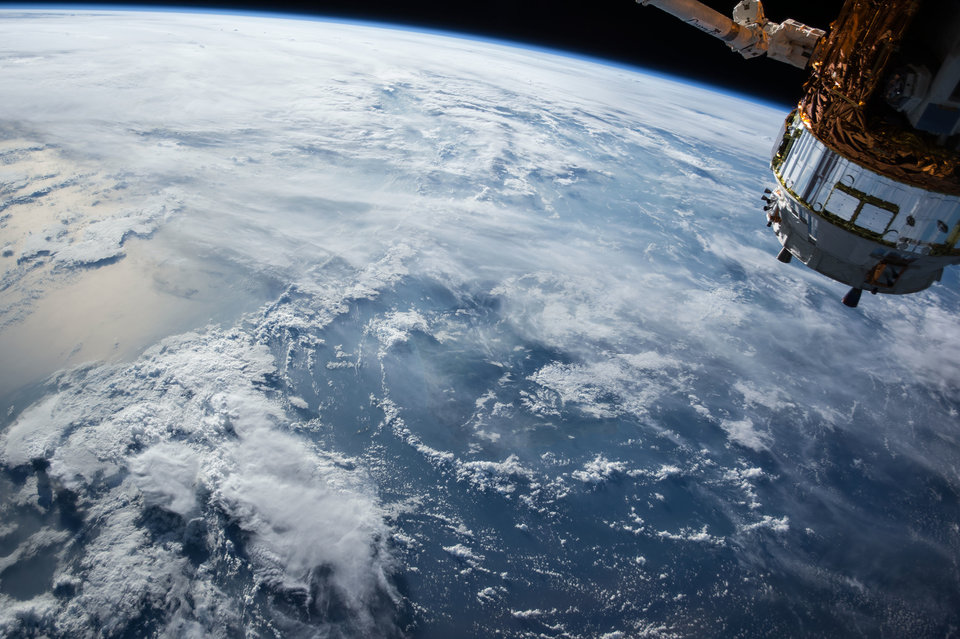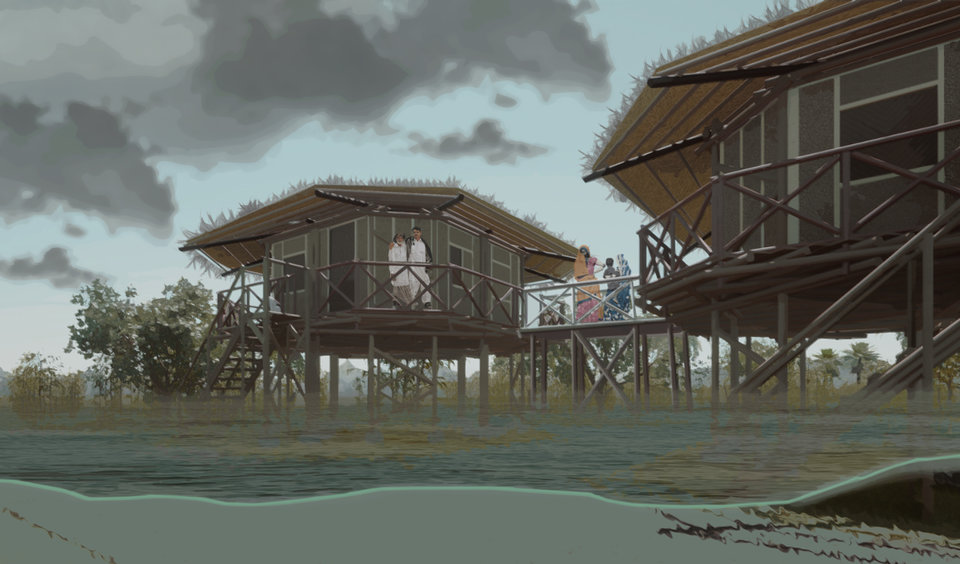“In light of our insatiable appetite for exploration, it is inevitable that the human species will ultimately travel outside of the known solar system. It is the next step in human evolution.” These are the words of Angelo Vermeulen, doctoral candidate in the Systems Engineering section of the Faculty of TPM, and founder of the TU Delft Starship Team (DSTART).
This is something of an unofficial dream team consisting of students and researchers collaborating on an evolving starship concept. Together with his team, Vermeulen creates computer simulations and algorithms, delving deeper into his doctoral research into adaptive systems for future space travel.
Holistic vision
DSTART is not developing hardware, nor is it building an actual spacecraft. Vermeulen is not involved with concrete product development; instead, he works on a holistic conceptual vision for extended periods of space exploration. Vermeulen: “My research concerns solutions that unite the biological, technological and social dimensions. And it is about spaceships that evolve during their journey.”
Multidisciplinary approach
The multidisciplinary approach is what makes Vermeulen’s doctoral research unique. His work blends elements of disciplines such as architecture, chemistry, biotechnology, astrophysics and computer simulation, but also art. Vermeulen himself can turn his hand to anything: he is an artist, a biologist and a space systems researcher. He can speak the languages of the various disciplines, which makes it easier for him to ‘break down walls’ and connect people. In this regard, he is also able to draw on his experience of co-creation and facilitating leadership during, for example, NASA’s HI-SEAS Mars simulation project and the Seeker art projects.
Creative chaos
In Seeker projects, people from various backgrounds collaborate to create an imaginative prototype of a spaceship. They actually reside in it for several days in order to experience first-hand what it is like to survive with each other. They are challenged to look beyond their respective fields of expertise and use their latent talents. It is a technological, ecological, social and artistic experiment in which the conscious decision is made to create without a predetermined plan. Vermeulen: “Creative chaos is required to find solutions for uncertainties that lay ahead. Systems need to develop themselves from the bottom up, which implicates that people need to be prepared to think for themselves. In this regard, significant gains are still to be made. A great deal of uncertainties is also evident in today’s society. Just think of the financial, political and climate crises that follow in rapid succession. My research is therefore also relevant to the pressing issues here on earth. Self-organisation, decentralised power and a strong participatory system play an essential role in finding solutions to these uncertain times.”
Starship
A journey beyond our solar system could take decades, even a century. A starship therefore also needs to be capable of evolving. After all, returning to earth to tackle problems, as we saw during the subsequent missions towards the moon, is out of the question. The ship needs to be able to behave like a living organism that uses raw materials available in space, such as asteroids. These can be exploited for fuel and building materials, for example. “That is not just something for the future, companies are already investing in asteroid exploitation,” explains Vermeulen. 3D printers can be taken on board to print new parts and to expand the ship, as it also needs to accommodate a growing ecosystem. Human waste can be broken down by bacteria and converted into nourishment and CO2 for plants, which in turn, provide oxygen and food for the astronauts. ESA is currently developing such a self-supporting closed loop system in the MELiSSA project.
Dreams becoming reality
“It is precisely this inclusion of existing technology that makes our work less nebulous. It would be great if our contribution helps to bring interstellar travel another step closer.” Once he has completed his doctoral research, Vermeulen is in any case planning to remain active in the world of space travel. And the future looks bright. “Former NASA Director Pete Worden has already asked if I would be interested in working on Breakthrough Starshot, the first unmanned interstellar mission. For me, that would be a dream come true.”


